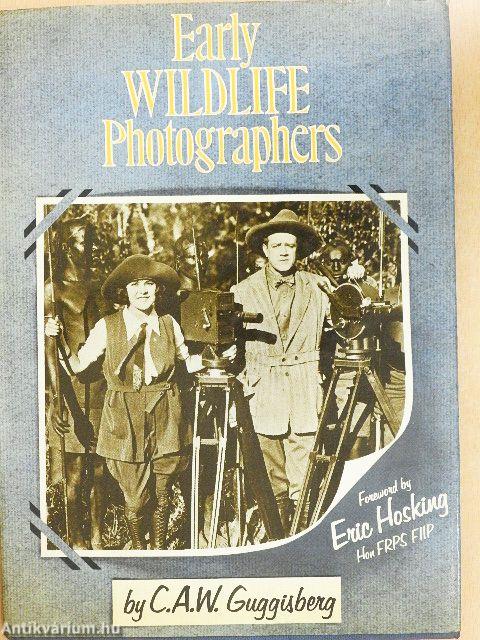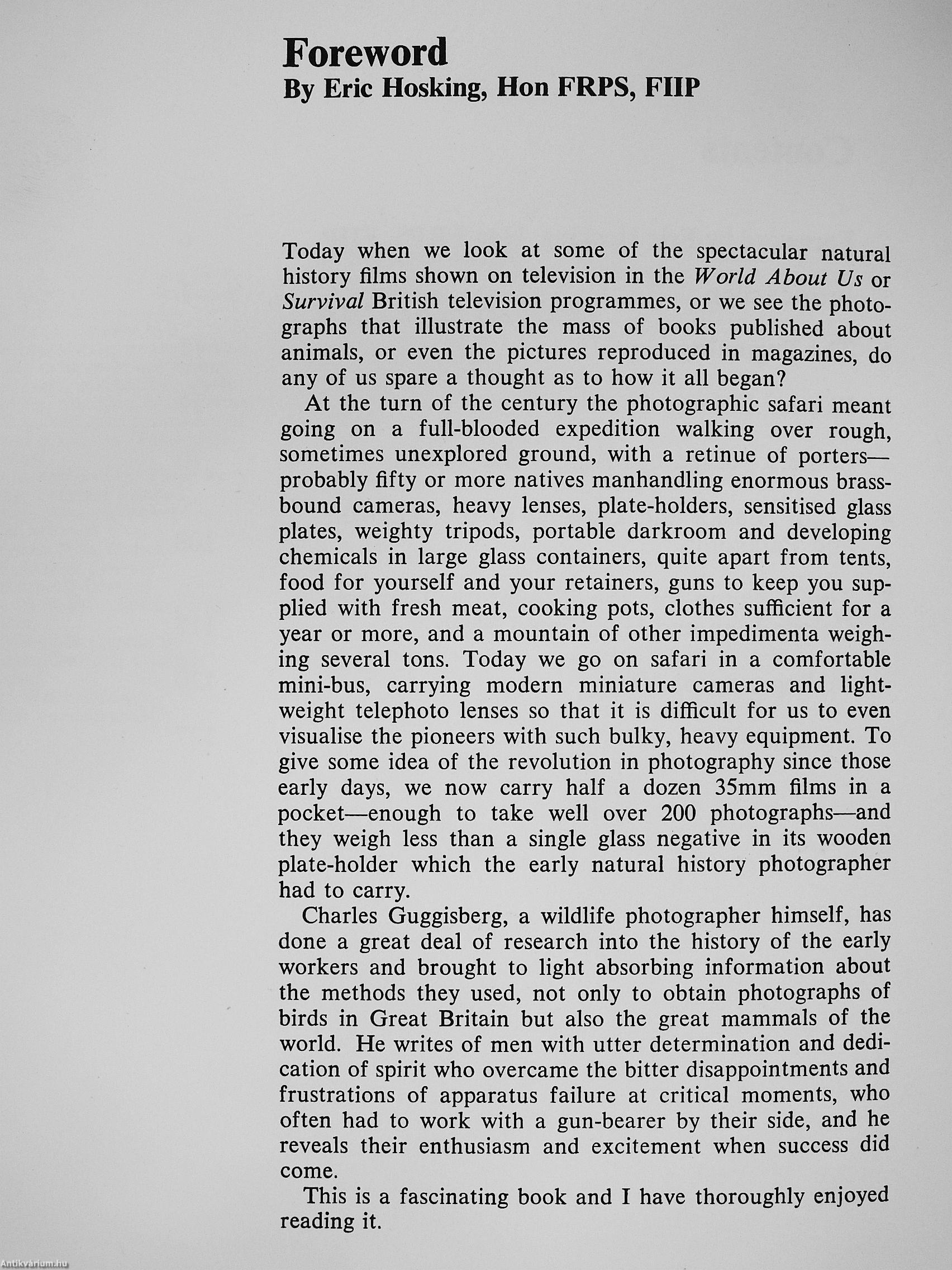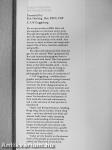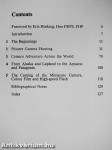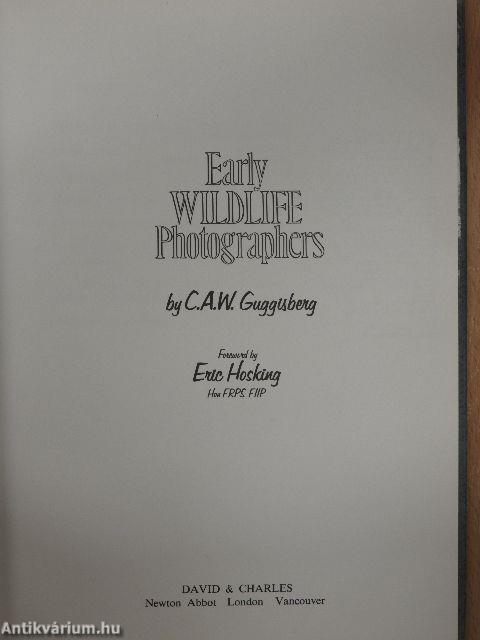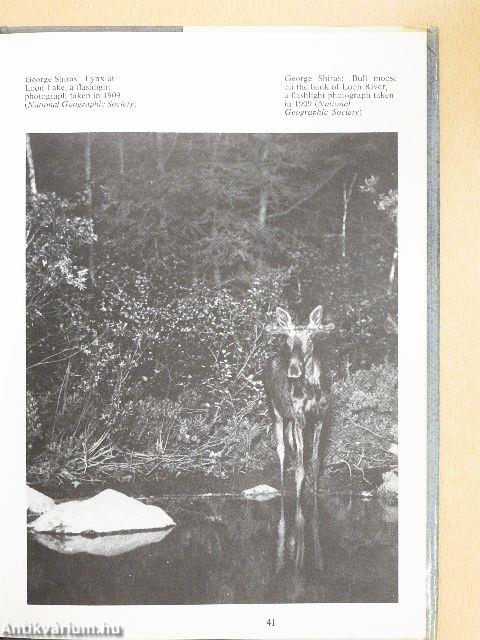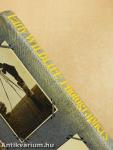1.103.822
kiadvánnyal nyújtjuk Magyarország legnagyobb antikvár könyv-kínálatát

VISSZA
A TETEJÉRE
JAVASLATOKÉszre-
vételek
Early Wildlife Photographers
| Kiadó: | David & Charles |
|---|---|
| Kiadás helye: | Newton |
| Kiadás éve: | |
| Kötés típusa: | Varrott keménykötés |
| Oldalszám: | 128 oldal |
| Sorozatcím: | |
| Kötetszám: | |
| Nyelv: | Angol |
| Méret: | 24 cm x 17 cm |
| ISBN: | 0-7153-7328-5 |
| Megjegyzés: | Fekete-fehér fotókkal. |
naponta értesítjük a beérkező friss
kiadványokról
naponta értesítjük a beérkező friss
kiadványokról
Előszó
TovábbFülszöveg
I >1
KARLY WILDLIFE PHOTOGRAPHERS
Foreword by
Eric Hosking, Hon FRPS, FIIP CAW Guggisberg
We see spectacular wildlife films and photographs on television and in print. Through photographs we are all familiar with the appearance of even the rare and shy birds and animals of the world. Any tourist on safari in Africa can bring home superb film of lions, cheetahs, elephants and giraffes.
But when did enthusiasts first drop the gun for the camera? What equipment did the early nature photographers have to haul around with them? Who first pointed a camera at a gorilla — or the Sumatran rhino or the white-headed stork — in its native habitat? What was he trying to show, what use was made of wildlife photographs in the cause of conservation?
CAW Guggisberg, a wildlife photographer and professional zoologist himself, writes of men of utter dedication who overcame the bitter disappointments of apparatus failure at critical moments and the weighty problems of travel, often over... Tovább
Fülszöveg
I >1
KARLY WILDLIFE PHOTOGRAPHERS
Foreword by
Eric Hosking, Hon FRPS, FIIP CAW Guggisberg
We see spectacular wildlife films and photographs on television and in print. Through photographs we are all familiar with the appearance of even the rare and shy birds and animals of the world. Any tourist on safari in Africa can bring home superb film of lions, cheetahs, elephants and giraffes.
But when did enthusiasts first drop the gun for the camera? What equipment did the early nature photographers have to haul around with them? Who first pointed a camera at a gorilla — or the Sumatran rhino or the white-headed stork — in its native habitat? What was he trying to show, what use was made of wildlife photographs in the cause of conservation?
CAW Guggisberg, a wildlife photographer and professional zoologist himself, writes of men of utter dedication who overcame the bitter disappointments of apparatus failure at critical moments and the weighty problems of travel, often over unexplored ground with massive equipment. He describes the development of their methods, aims and achievements, and a wide selection of their pictures is reproduced.
Cherry and Richard Kearton, Schilling, Bengt Berg, Seton Gordon, Frank Chapman - such men showed how birds and animals really lived, vastly increasing public understanding of the hitherto rather mysterious natural world. No longer would people rest content with Dr Johnson's information that a giraffe was 'an Abyssinian animal taller than an elephant but not so thick'.
Today we rely heavily on the pioneer work of the people so succinctly described and illustrated in this book. Vissza
Témakörök
- Idegennyelv > Idegennyelvű könyvek > Angol > Művészetek > Fotóművészet
- Idegennyelv > Idegennyelvű könyvek > Angol > Természettudományok > Egyéb
- Művészetek > Fotóművészet > Fotográfia története > Külföldi
- Művészetek > Fotóművészet > Idegen nyelv > Angol
- Művészetek > Fotóművészet > Témái > Élővilág
- Művészetek > Fotóművészet > Története > Külföldi
- Művészetek > Fotóművészet > Összefoglalók, tanulmányok > Külföldi
- Természettudomány > Állatvilág > Egyéb



